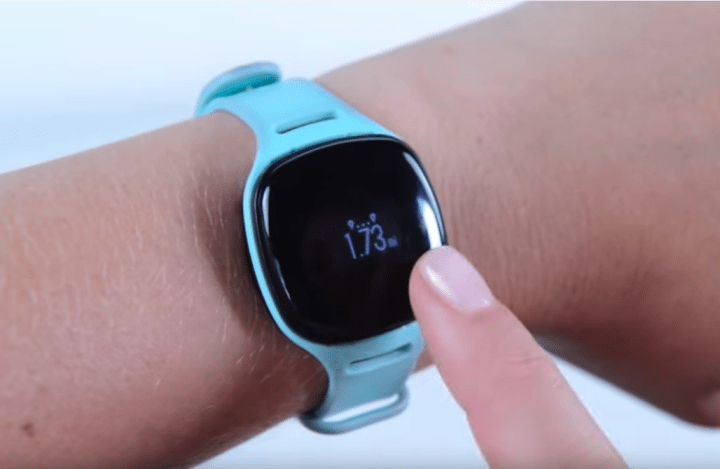
For those of you who don’t want to be weighed down by a watch-like device, try clipping nuyu’s tracker on your belt, or better yet, tie it to your shoelaces. After all, that’s where most the work is happening anyway, right?
According to the company’s website, this latest personal activity tracker “helps you get active and stay active by tracking your steps, calories burned, distance, and your light, deep, and restless sleep.” Like most other wearables, this data is then sent to any one of your smart devices (Android, iPhone, or tablet), allowing you to keep close tabs on your progress and goals. And thanks to Nuyu’s OLED screen, you don’t have to keep referring to your phone in order to keep track of your day’s activities — this new wearable’s easy to read interface allows for quick and convenient viewing wherever you are and whatever you’re doing.
Also released Tuesday in conjunction with the Activity Monitor is Health o meter’s Wireless Scale, which “sends information via Bluetooth to the Health o meter nuyu app, easily tracking weight and BMI over time to help monitor wellness goal progression.” Because of its seamless integration with the entire Health o meter suite, the scale allows users to easily keep tabs on their fitness goals, transmitting data directly to all connected devices.
The full nuyu line is still forthcoming, with its coaching plans (customizable 12-week guides tailored to your specific needs) and sleep system (a Bluetooth enabled mat that copies your circadian rhythm for truly restful sleep) yet to be released. But even at just 50 percent complete, it looks like Health o meter is on its way to some pretty transformative fitness, and it can only get better from here.

